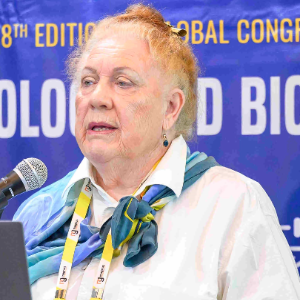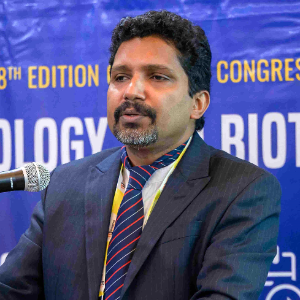Plant Extraction Methods
Plant extraction methods are a process used to separate a desired compound or ingredient from plant material. This process can involve a variety of techniques and equipment, such as filtration, distillation, extraction, and chromatography. Plant extraction is a common practice in the pharmaceutical and food industries, as well as in cosmetic manufacturing. The most common form of plant extraction involves the use of solvents, such as alcohol, petroleum ether, and propylene glycol. These solvents are added to the plant material, and the desired compounds are then extracted. The solvent is then removed through distillation. Depending on the desired result, the extracted compounds may be further processed or refined, such as by fractional distillation. Another plant extraction method is supercritical fluid extraction. This involves the use of carbon dioxide, which is heated and pressurized to the point where it has properties similar to both gas and liquid. This allows it to dissolve certain compounds from the plant material while leaving others behind. This method is often used to extract essential oils from plants. Finally, extraction through the use of enzymes can also be used in certain applications. Enzymes are proteins that catalyze chemical reactions, and can be used to break down complex molecules into simpler ones.

Mohammad Babadoost
University of Illinois, United States
Mary Cole
The University of Melbourne, Australia
Edgar Omar Rueda Puente
Universidad de Sonora, Mexico
P E Rajasekharan
ICAR-IIHR, India
Rameshkumar K B
Jawaharlal Nehru Tropical Botanic Garden and Research Institute, India
Selina Sterup Moore
Aarhus University, Denmark


Title : Exploring the genetic diversity in tannin-rich forages to explain the large intra species variability in tannin content
Selina Sterup Moore, Aarhus University, Denmark
Title : Isolation and functional properties of biomolecules of plants and its application
Balagopalan Unni, GEMS Arts & Science College (Autonomous), India
Title : Primed for the future: PGPR and the promise of sustainable, heritable crop resilience
Prashant Singh, Banaras Hindu University (BHU), India
Title : Revealing allelic variations in candidate genes associated with grain yield under salinity stress between two contrasting rice genotypes
Nisha Sulari Kottearachchi, Wayamba University of Sri Lanka, Sri Lanka
Title : Adaptive strategies of Aristida L. species across ecological zones of Pakistan: Linking soil characteristics with morphological and physiological traits
Iram Ijaz, University of Agriculture Faisalabad Pakistan, Pakistan
Title : Ethnobotanical survey and abundance of weeds in selected Manihot esculenta (cassava) Crantz farms in Osun state, Nigeria
Dada Caleb Mayokun, University of Ibadan, Nigeria